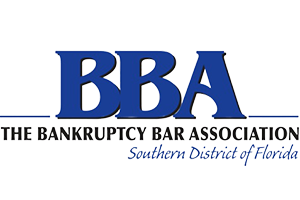Timing affects exemption of a 529 college savings plan
On behalf of Bankruptcy Law Firm of Clare Casas on Thursday, May 9, 2013.
As parents, we want to make sure that our kids are set up for the best future possible. Putting money away for college is one way that we do this. A 529 plan is one way for parents to get some tax benefits on the money that they put away. Parents who are contemplating filing for bankruptcy may want to know whether the money would qualify as a bankruptcy exemption or if it would be included in the bankruptcy estate.
When it comes to a 529 plan, the first thing to look at is the date in which it was created. The Bankruptcy Abuse Prevention and Consumer Protection Act of 2005 provides some protections for college savings plans. For a 529 plan, there is a general two-year rule that applies.
The two-year rule allows any 529 plan that is created at least two years prior to filing to remain outside of the bankruptcy estate. This means that the Chapter 7 trustee cannot liquidate the assets in the plan or a Chapter 13 trustee from using it in consideration of a repayment plan.
The concern behind the rule is that individuals would be able to funnel and hide assets in this type of account. Setting up a plan too close to bankruptcy raises suspicion for the court, but it does not mean that the funds cannot still receive protection. Other state or federal exemptions can be used to cover these funds and depend on individual circumstances.
Those who have questions about how bankruptcy could affect college savings plans or any other type of asset, a bankruptcy attorney can walk an individual or couple through the process.
Source: Opposing Views, “College 529 Plan & Bankruptcy,” Beverly Bird, May 7, 2013







